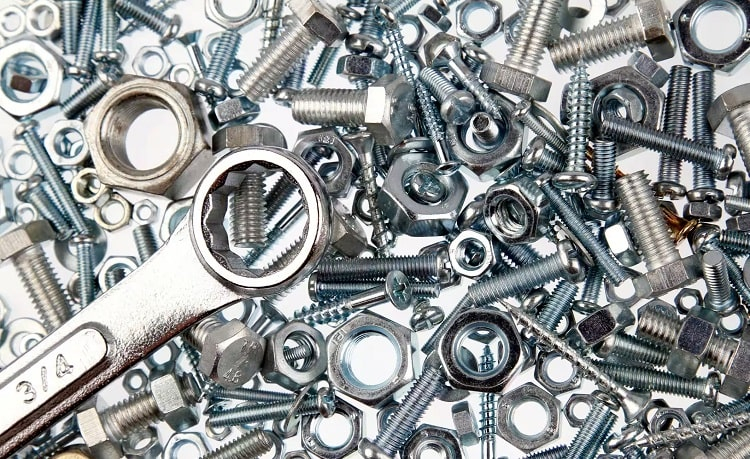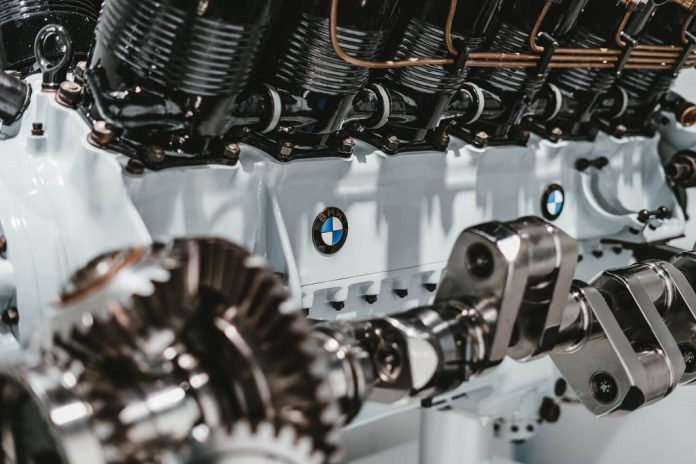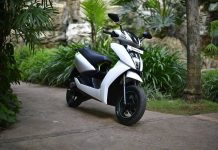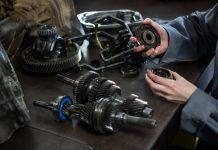Background Information On Automotive Fasteners
Screws, bolts, and nuts are some of the most common fasteners.
They hold things together by using a thread on the shank (the threaded part that screws into something) to grip the object it’s being screwed or bolted into.
The three main parts of a screw or bolt are:
- The head is at one end and provides a place for a wrench to grip;
- The shaft is in the middle and has threads on it;
- The tip is at the other end and drills its way into whatever you’re trying to attach it to.
There are various types of heads available at https://www.agrati.com/, such as Phillips (a cross), slotted (a flathead with ridges around it), hexagonal (six sides), Torx®* star drive, square drive…etc.
Read: Different Types of Crane Hooks
The type you need will depend on your tool – either a manual driver like a screwdriver or socket set or an automatic driver like an impact gun/wrench.
Most standard American screws use Phillips head drivers, while European screws use mainly slotted/flatheads – but there can be exceptions, so always check!

Read: How Car Brake System Play a Major Role in Safety?
Bolts Come In Two Varieties
Structural bolts are used in engineering and construction projects to fasten steel beams, girders, and other metal components.
They have a very specific thread pattern which is important for ensuring structural stability – so if you try to use a non-structural bolt as a structural one, it might not fit correctly and could lead to failure.
Nonstructural bolts are used for general-purpose applications such as attaching pieces of wood or metal, securing machinery, etc. They don’t have the same stringent thread requirements as structural bolts, so thatthey can be substituted without too much risk.
Read: Top 5 Car Accessories You Must Have
Essential Tools For Working With Automotive Fasteners
Mechanics need a range of essential tools for working with automotive fasteners. Firstly, they need a good set of screwdrivers in different sizes and shapes to fit the screws on different car parts.
They also need wrenches and pliers to hold bolts in place or tighten them up, as well as ratchets and sockets so they can quickly remove stubborn nuts or bolts.
Finally, it’s useful to have specialist fastener removal tools such as gear pullers and circlip pliers, which make taking apart cars much easier.
Read: Different Types of Helmets For Bikers Protection
How Do You Use Each Tool To Work With A Bolt Or Nut?
Several different tools can be used to work with bolts and nuts, each with its own advantages and disadvantages. The most commonly used tool is the wrench, which can tighten or loosen bolts by applying pressure on either side of the nut.
Wrenches come in various sizes, so it’s important to choose the correct size for the bolt being worked on.
Pliers can be used instead if there is not enough space around the bolt or nut for a wrench. Pliers have curved jaws that grip onto the sides of a nut or bolt head, allowing them to be turned using leverage.
Read: 10 Essential Mods for Your Motorcycle
Ratchets and sockets are also useful for tightening or loosening nuts and bolts in tight spaces; they consist of a handle attached to a socket adapter that fits various-sized fasteners.
Tightening against the screw head creates a torque that can loosen even stubborn screws.
Finally, specialist removal tools such as gear pullers and circlip pliers can often make removing old fasteners much easier than doing it by hand alone.
More Related Posts:
- All About Car Air Conditioner System
- How Much Money Can You Get For An Old Truck?
- Leather Seat Cover Benefits for your Car or Truck











